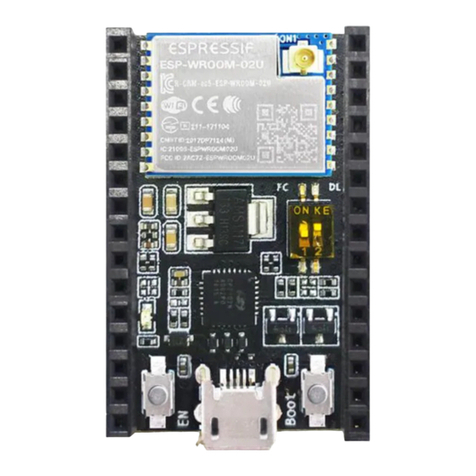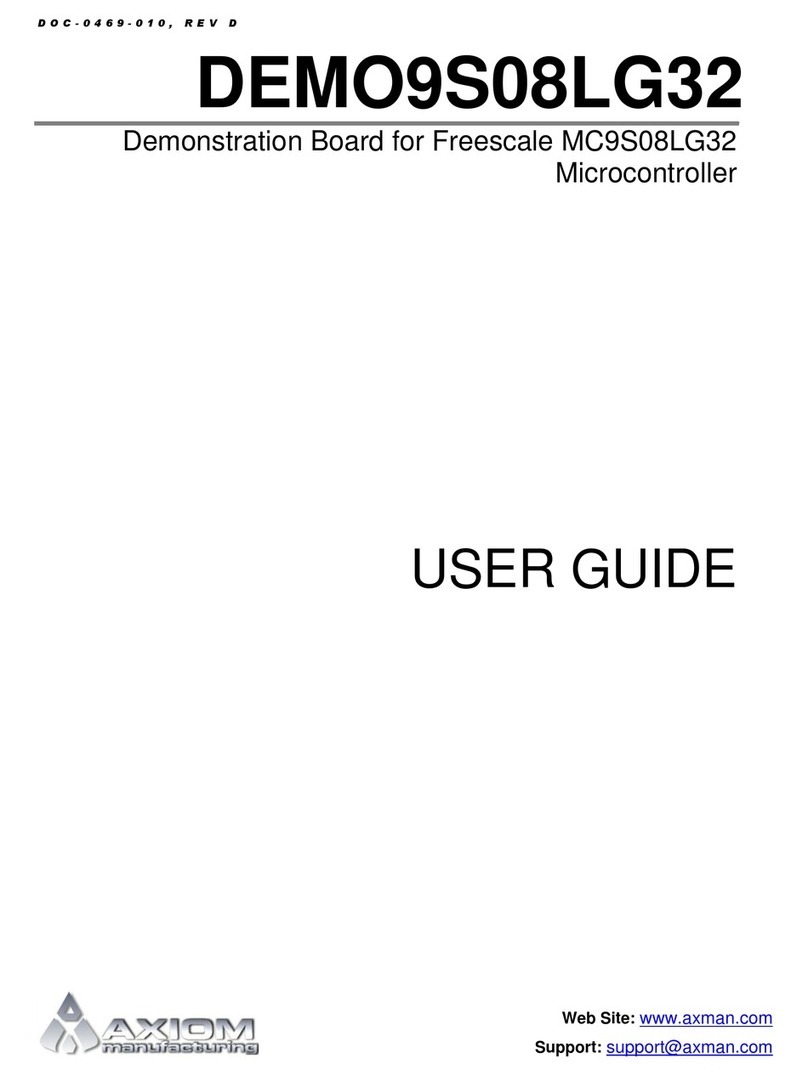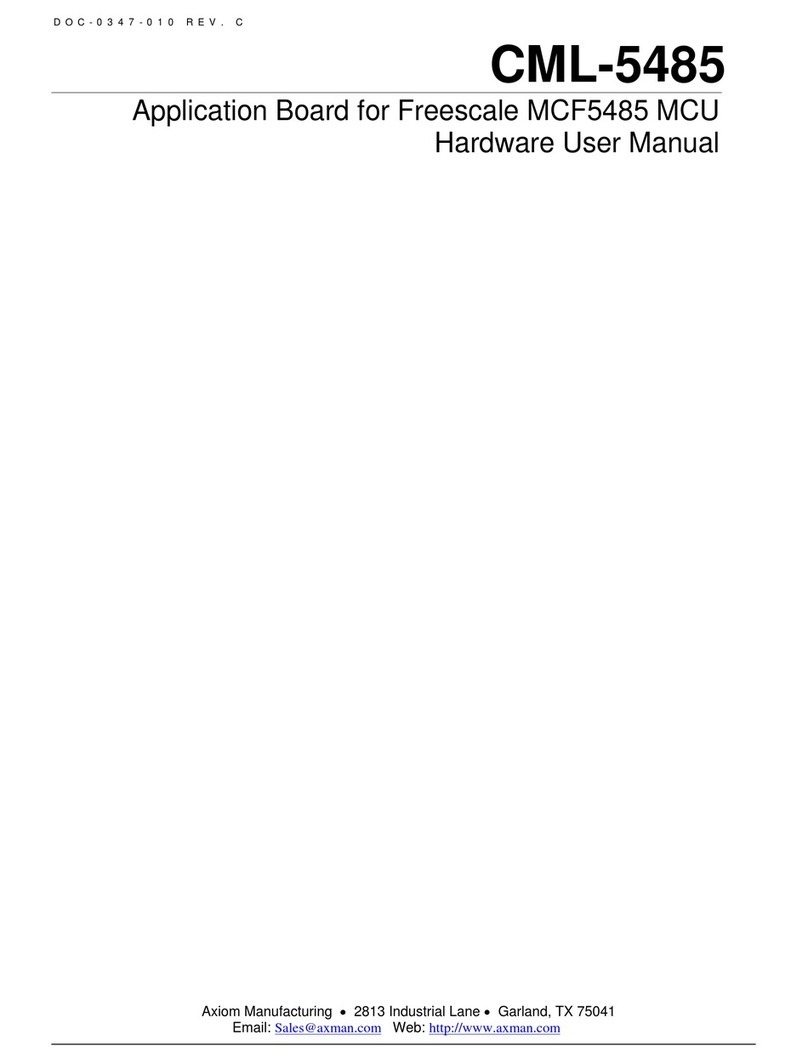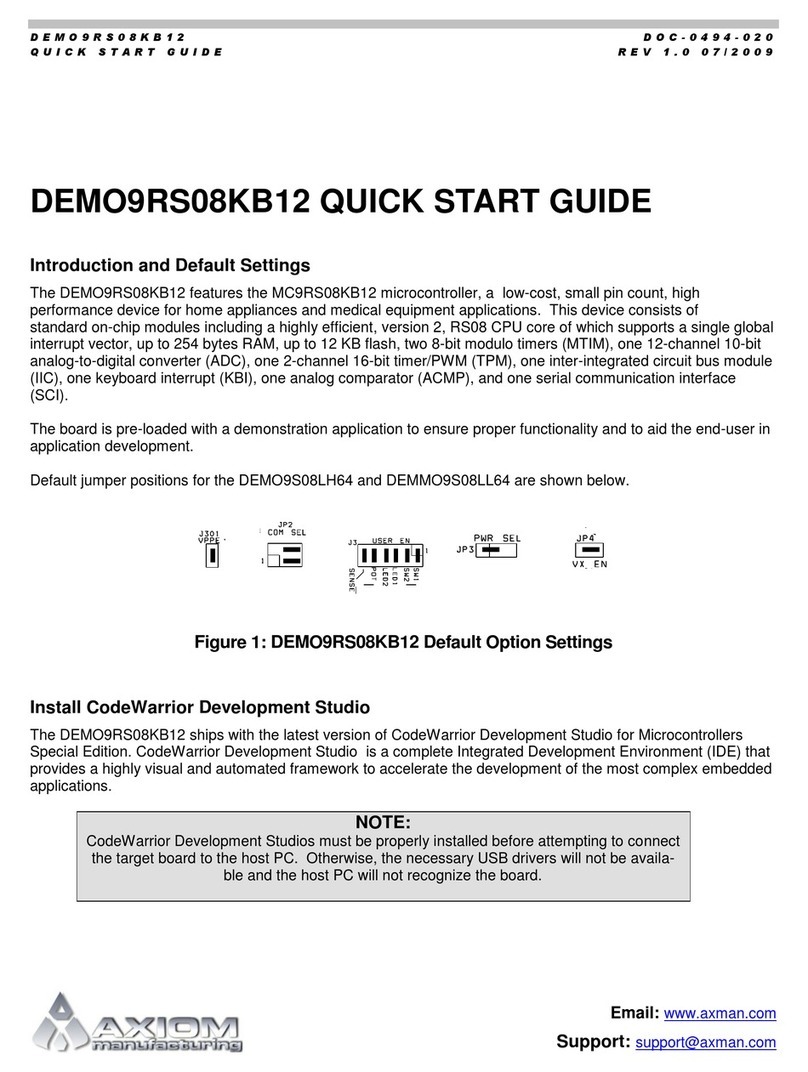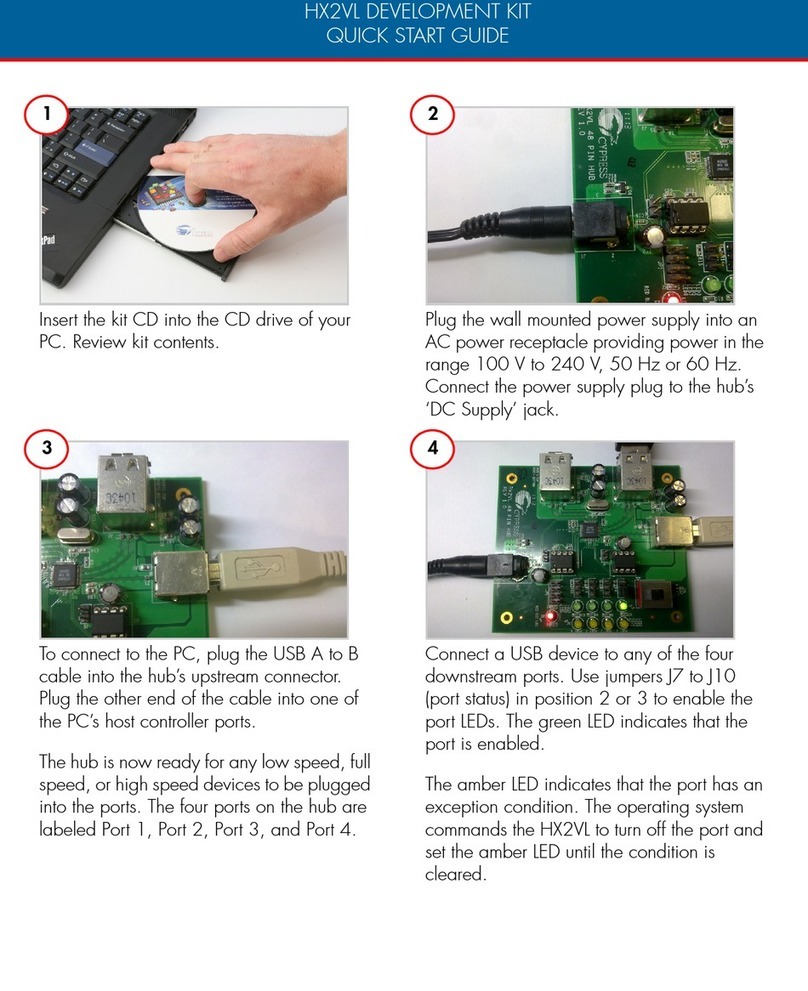
DEMO9S08SE8 JULY 29, 2008
USER GUIDE
2
CONTENTS
CAUTIONARY NOTES ..............................................................................................................4
TERMINOLOGY.........................................................................................................................4
FEATURES ................................................................................................................................5
REFERENCES ...........................................................................................................................6
GETTING STARTED..................................................................................................................6
SOFTWARE DEVELOPMENT...................................................................................................6
MEMORY MAP ..........................................................................................................................6
DEVELOPMENT SUPPORT ......................................................................................................7
INTEGRATED BDM_PORT................................................................................................... 7
BDM_PORT HEADER........................................................................................................... 7
POWER ......................................................................................................................................7
POWER SELECT .................................................................................................................. 8
PWR_SEL.........................................................................................................................8
VX_EN............................................................................................................................... 9
RESET SWITCH ........................................................................................................................9
LOW VOLTAGE DETECT........................................................................................................10
TIMING.....................................................................................................................................10
COMMUNICAITONS................................................................................................................10
COM PORT ......................................................................................................................... 10
VIRTUAL SERIAL PORT..................................................................................................... 11
COM_SEL ........................................................................................................................... 11
COM CONNECTOR ............................................................................................................ 11
USER OPTIONS ......................................................................................................................12
PUSHBUTTON SWITCHES............................................................................................ 12
LED INDICATORS .......................................................................................................... 12
POTENTIOMETER.......................................................................................................... 12
PHOTOCELL................................................................................................................... 12
I/O PORT CONNECTOR..........................................................................................................13

